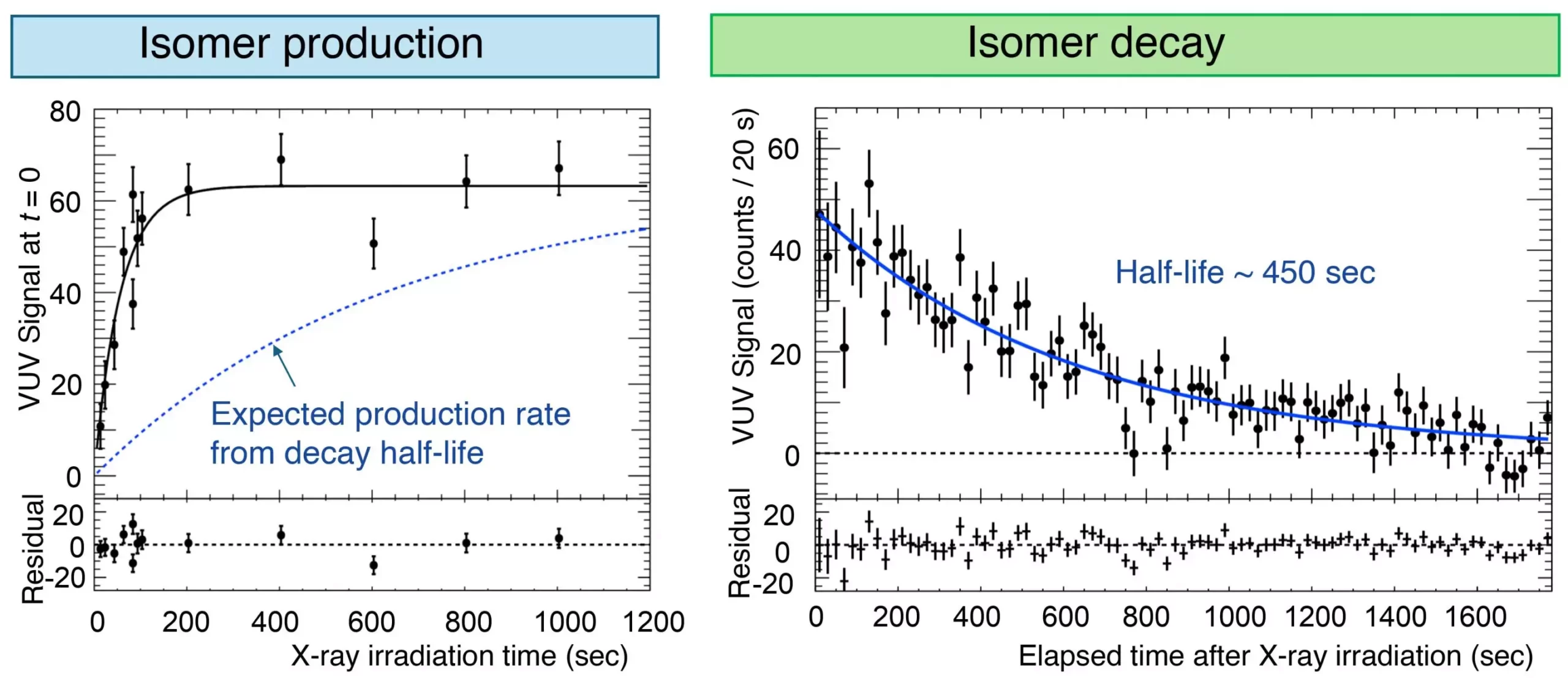For centuries, the measurement of time has captivated scientists and philosophers alike. At the heart of modern timekeeping are atomic clocks, which define the second with unmatched accuracy by leveraging the electron oscillations found in various atoms. These devices stand as the gold standard, guiding everything from GPS technology to global communication systems. However, the insatiable quest for greater precision has led researchers down new avenues, prompting the examination of nuclear clocks—a cutting-edge technology utilizing transitions at the atomic nucleus level.
Nuclear clocks show promise for providing even more precise timekeeping capabilities, drawing attention particularly to the isotopes of elements like 229Th (thorium-229). Unlike conventional atomic clocks that depend on electron interactions, nuclear clocks measure the very heartbeat of atomic nuclei. In particular, the 229Th isotope’s first-excited nuclear state presents unique characteristics: a long half-life of approximately 103 seconds combined with low energy transitions. These attributes allow for excitation via vacuum ultraviolet (VUV) lasers, establishing a precise reference point for time measurement that might surpass current atomic standards.
To explore the capabilities of 229Th, researchers have approached the challenge from various angles. A notable effort is led by Assistant Professor Takahiro Hiraki and his team from Okayama University, Japan. Their groundbreaking research published in *Nature Communications* on July 16, 2024, introduces an innovative experimental setup that centers around 229Th-doped VUV transparent calcium fluoride (CaF2) crystals. This ingenuity demonstrates not only the ability to assess the population states of the isomeric thorium nuclear state but also to control them effectively using X-ray techniques.
Hiraki elaborates on the motivation behind this endeavor, stressing that fully realizing a solid-state nuclear clock requires comprehensive control over the excitation and de-excitation processes of the nucleus. By manipulating these nuclear states via X-rays, the team has taken a pivotal step forward in the quest for precision timekeeping.
An intriguing aspect of Hiraki’s research involves studying radiative decay, specifically how the excited state of the 229Th nucleus transitions back to its ground state. This process is facilitated by the introduction of a resonant X-ray beam, effectively exciting the nucleus before observing its return to stability. The team discovered a rapid decay rate in the isomer state when subjected to X-ray beams, which led to the phenomenon known as “X-ray quenching.” This ability to manipulate the population of the isomeric state on demand represents a transformative technique for advancing the development of nuclear clocks.
The implications of advancements in nuclear clock technology reach far beyond high-precision time measurement. Such innovations could revolutionize multiple domains, including the creation of portable gravity sensors capable of offering exceptional accuracy in geophysical measurements. Additionally, the precision achieved could enhance GPS systems, potentially resolving inconsistencies in location tracking that stem from variations in time.
Perhaps most compelling is the potential impact on our understanding of fundamental physics. If nuclear optical clocks can measure minor fluctuations in physical constants—particularly the fine structure constant—they could provide profound insights into whether such constants remain stable over time or are subject to variations.
The ongoing work in developing reliable nuclear clocks signals a new era in scientific inquiry and technology. While research is still in its early stages, the potential applications of this technology herald a wave of innovation that could redefine our understanding of time. Assistant Professor Hiraki’s team, along with others in the scientific community, continue to push the frontiers of possibility, hinting at a future where the measurement of time is more accurate than ever—a goal that could have a lasting impact on science, technology, and perhaps, our very perception of time itself.

